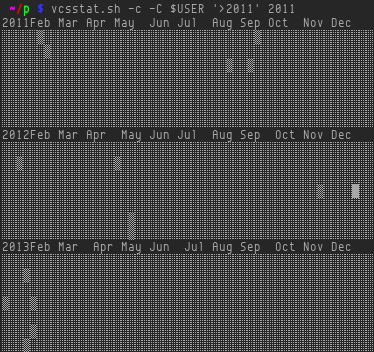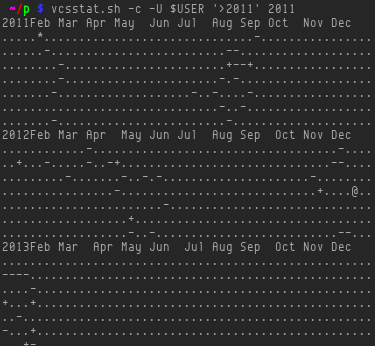I reported two spam accounts on GitHub, one is selling love spell via phone, sounds ridiculous, but its true and I actually had just reported another one just a few days ago. The other account is selling skin care product, which has seemingly computer generated text with product name and a link embedded in the text and that totally make no senses as you read the words. Curiously, if its for avoiding lower ranking in search engine results or GitHub actually has some sort of detection mechanism in place already that we dont know.
What else today:
- The grow light doesnt seem to work, or its because the soil was dry, I just realized that, the surface felt really dry. I also swapped one LED with a red LED. I am considering to stop since the temperature is going back up.
- Planted another onion bottom, which would be solely for greens.
- The pruned green yardlong bean has died, the stem is soft. It might already dead, I just didnt realize.
- One tomato truss was damaged by the cold, which is already flowering, I cut it off and stuck it with sweet potato to root. The two seedlings I thought might not survive have perked themselves up.
- The preparation for potato growing is slow, barely half of the bag of shredded cardboard.








